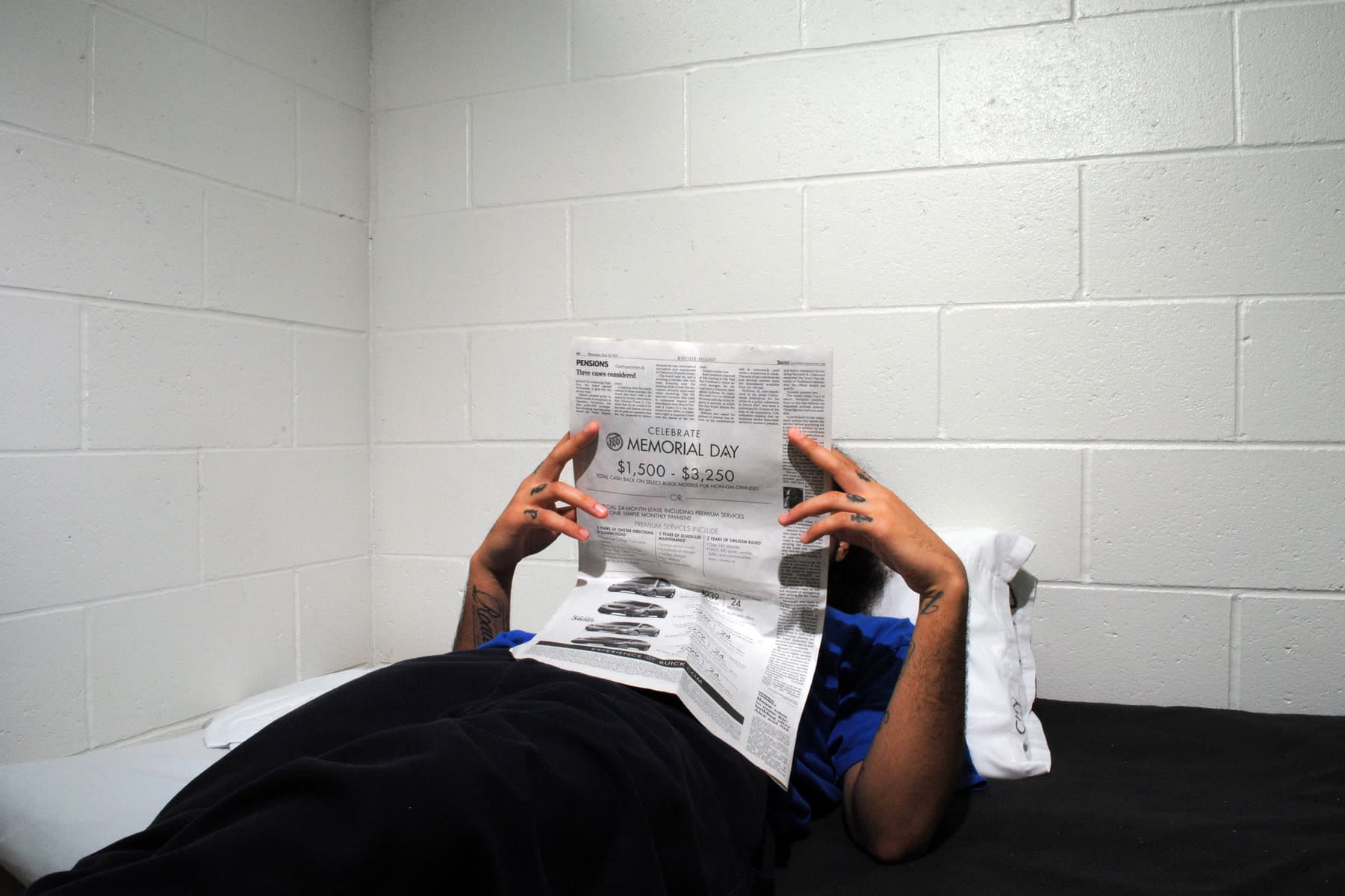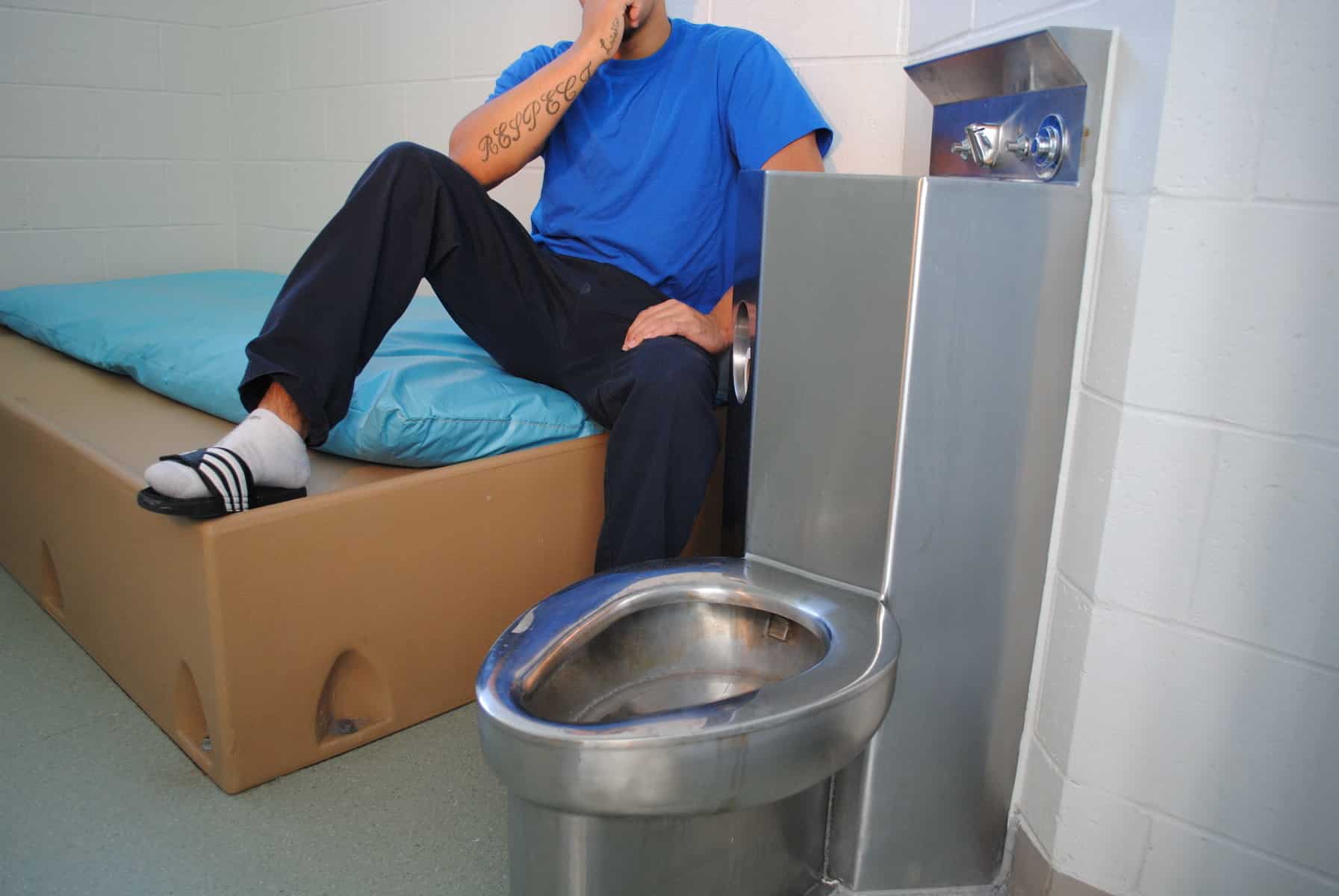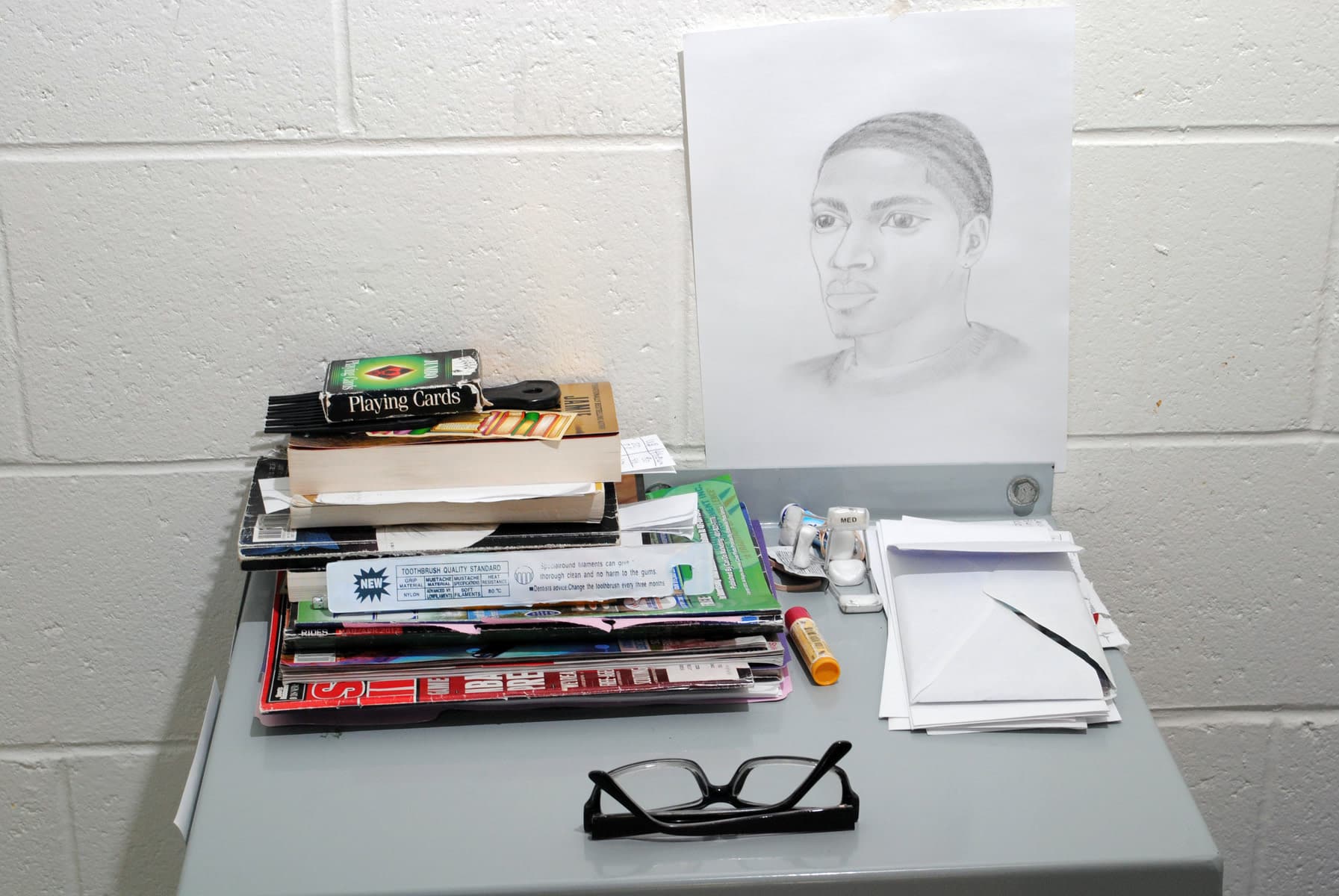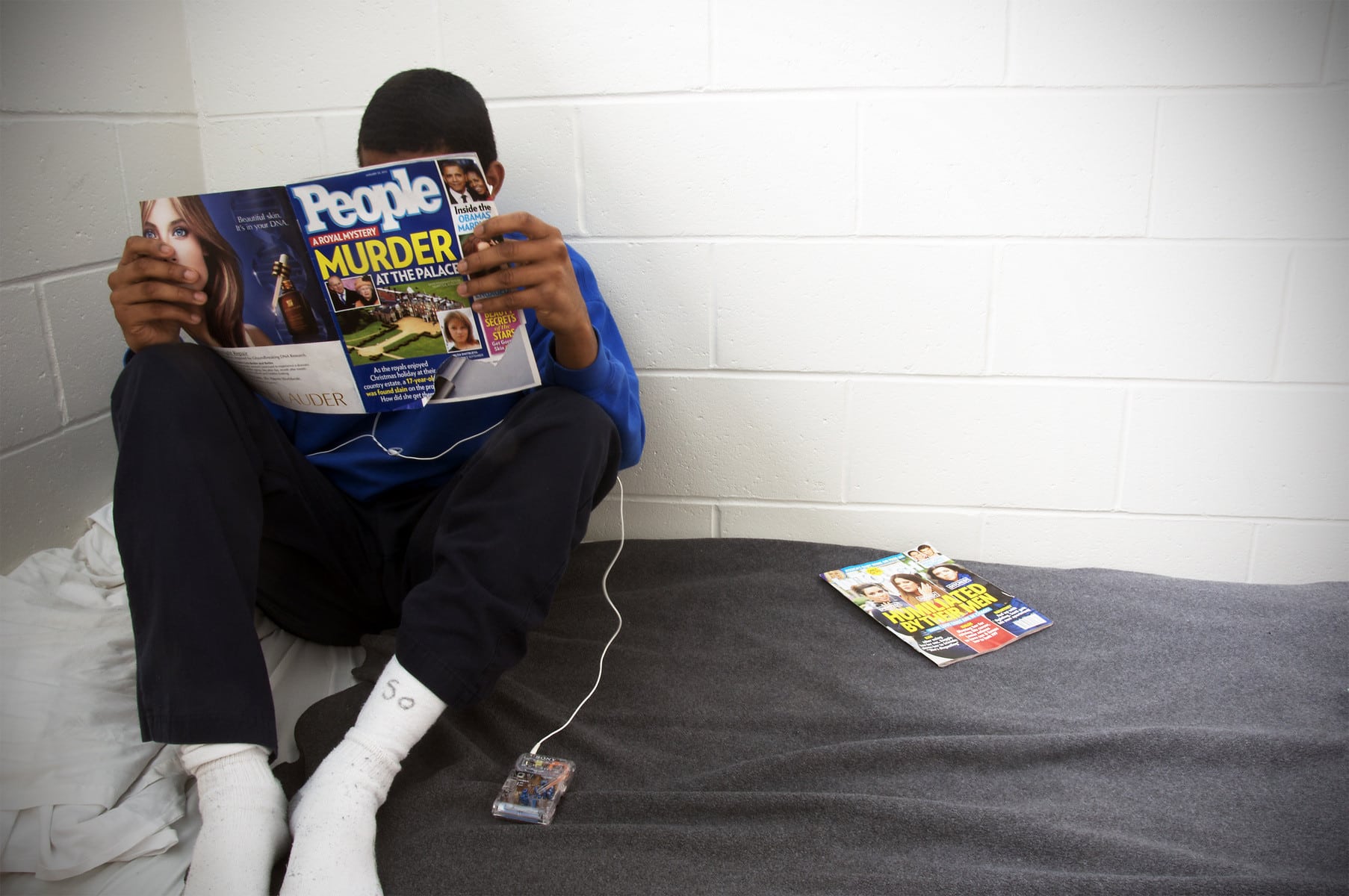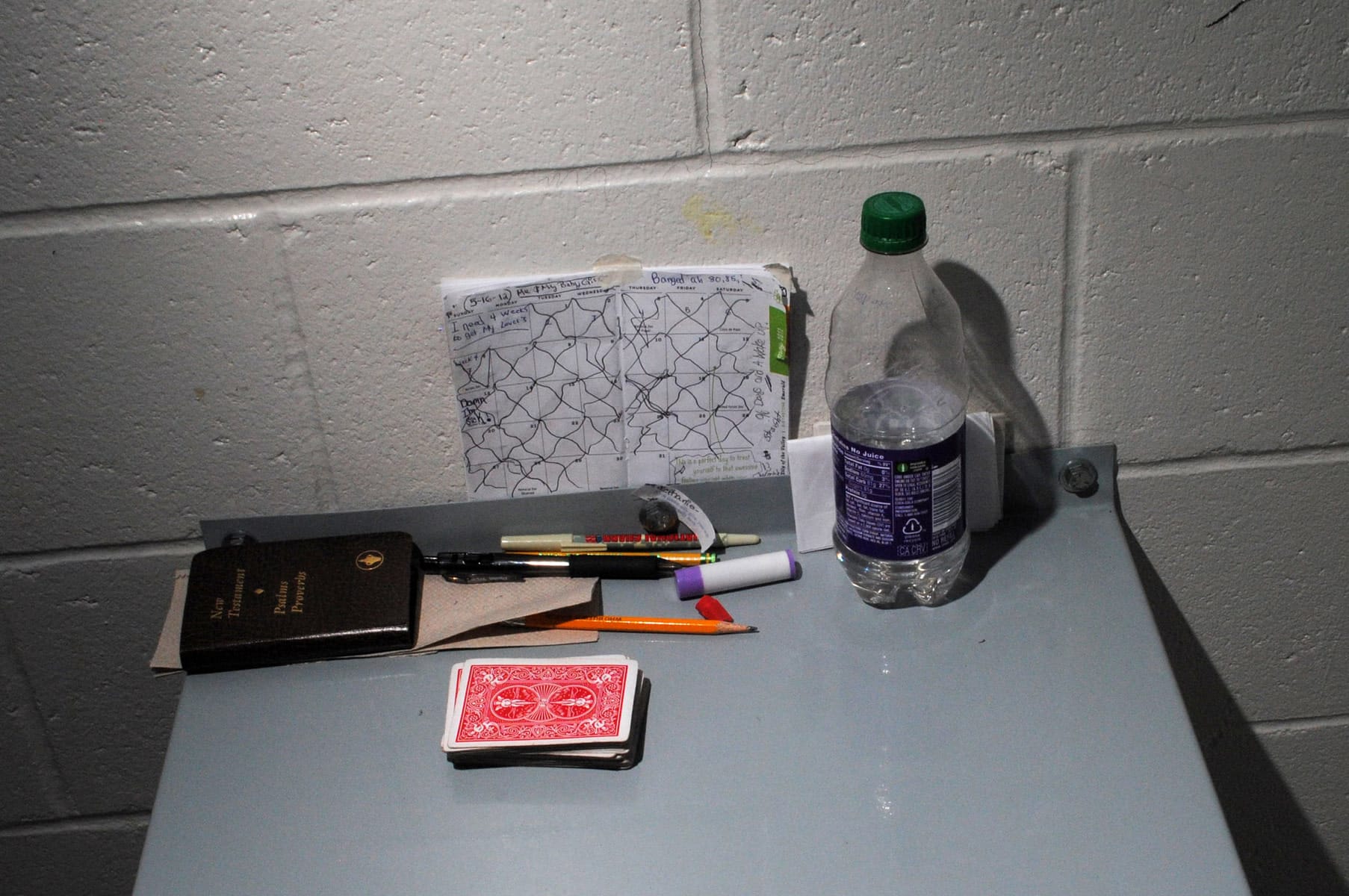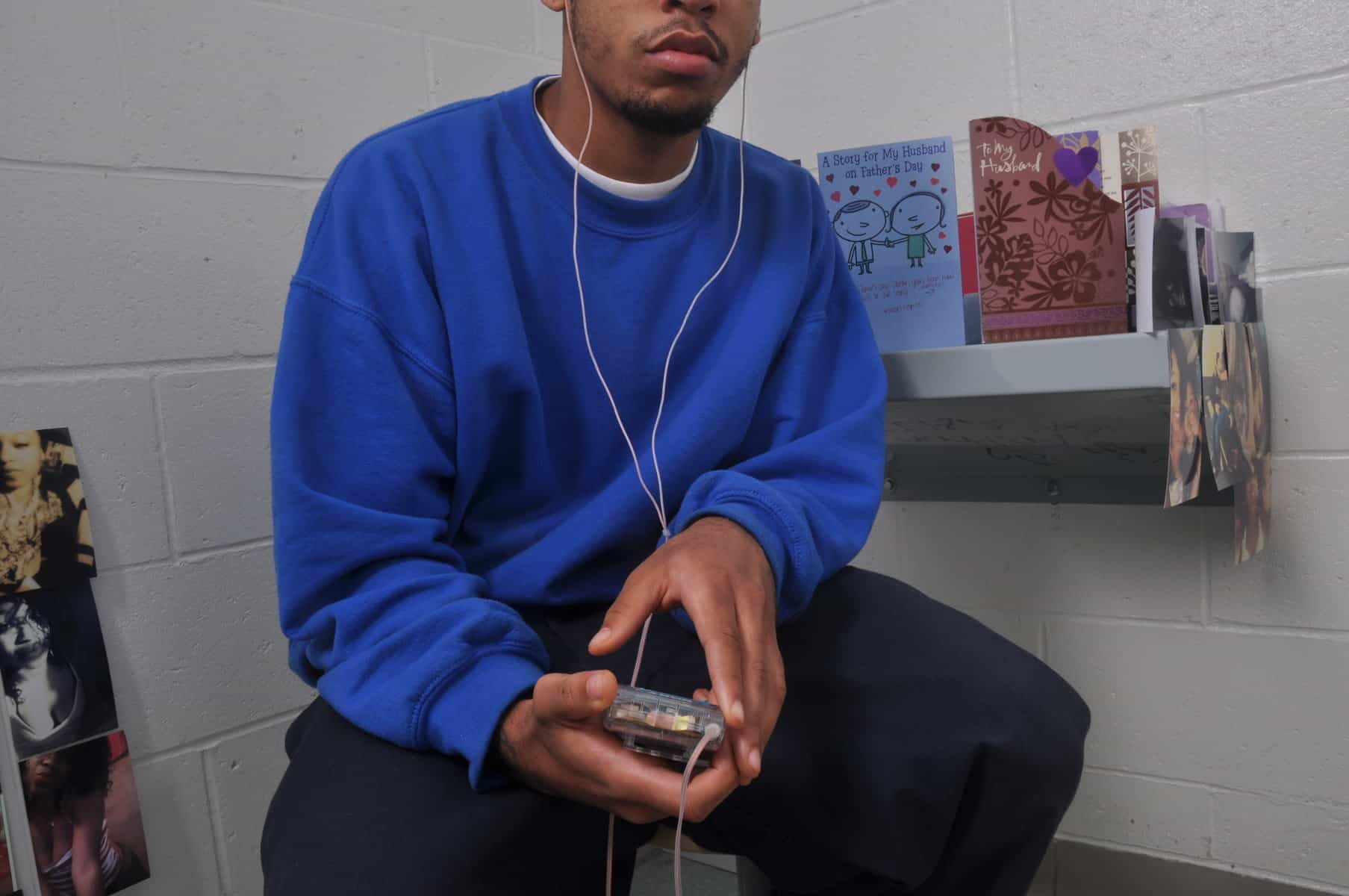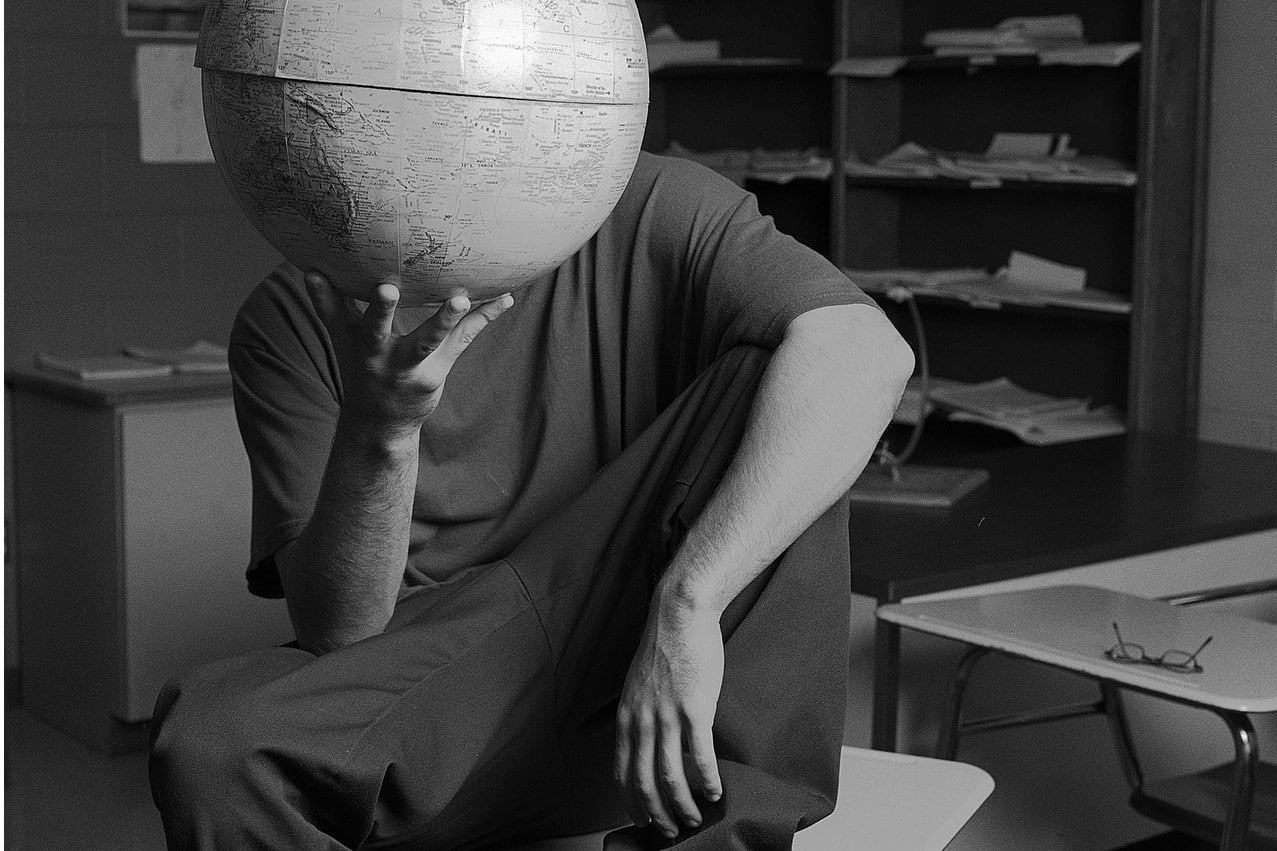Como instrutor de fotografia na Rhode Island Training School, um centro de detenção juvenil em Cranston, Rhode Island, Scott Lapham teve que ser criativo para envolver seus alunos. Suas turmas não podiam sair da escola e, por isso, estavam limitadas a tirar fotos em ambientes controlados e com paredes de concreto. Apesar disso, Lapham e seus alunos conseguiram trabalhar juntos para criar uma série de retratos profundamente pessoais que oferecem uma janela para o que é estar em uma detenção juvenil nos Estados Unidos.
Além de estarem limitados a um cenário institucional extremamente simples, Lapham e seus jovens fotógrafos tiveram que contornar o fato de que nenhum dos retratados podia revelar seus rostos: A lei dos Estados Unidos protege as identidades dos jovens infratores.
O resultado, que vem dos 15 anos de ensino de Lapham, é um projeto fotográfico que é ao mesmo tempo lúdico e assustador, desafiando as ideias estabelecidas sobre quem são os jovens infratores e como eles gostariam de ser vistos. O projeto provavelmente ainda estaria em andamento se o financiamento público para o programa não tivesse acabado, fazendo com que a aula de fotografia de Lapham na Escola de Treinamento fosse encerrada.
O Format ligou para Lapham em Rhode Island para falar sobre os desafios de ensinar fotografia em um centro de detenção.
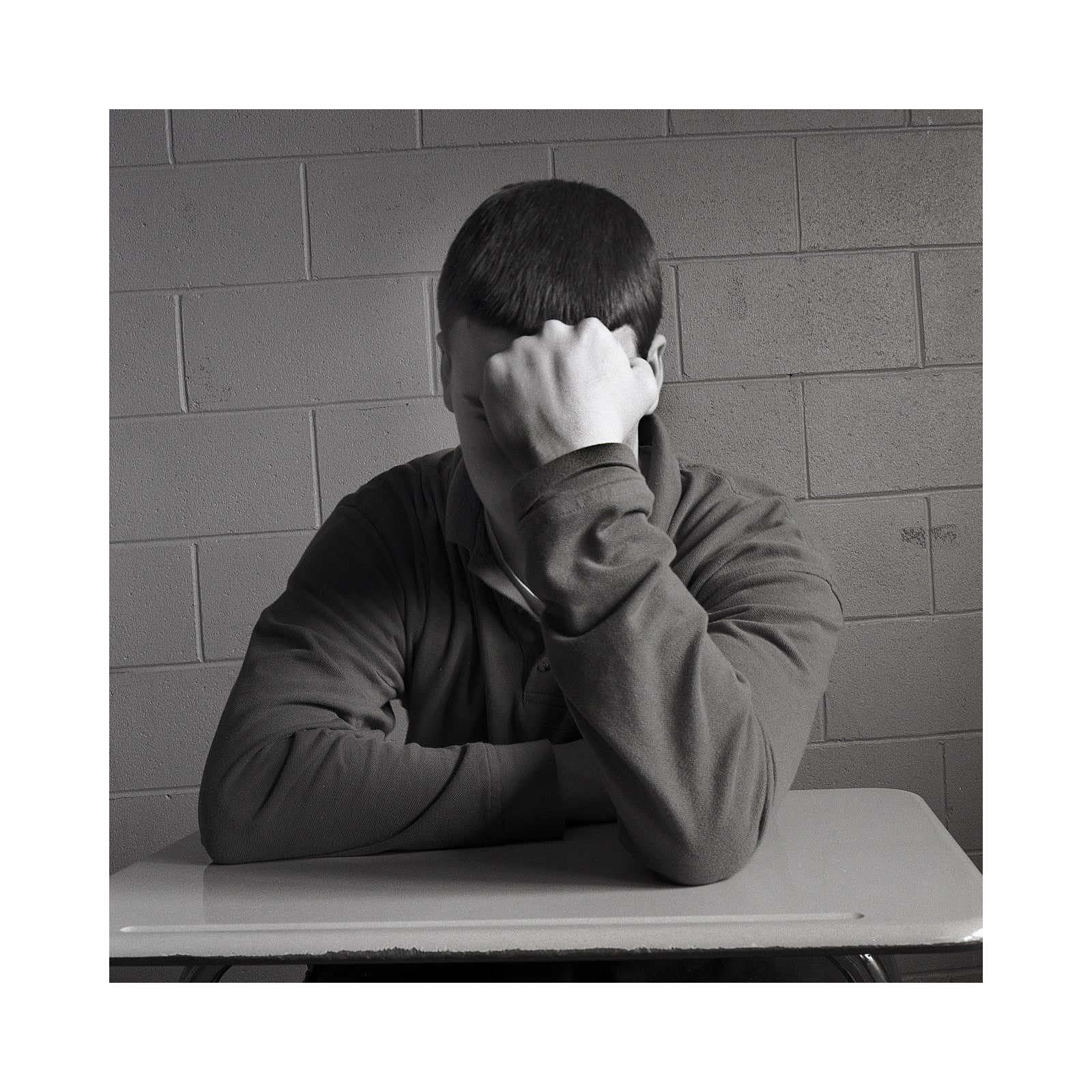
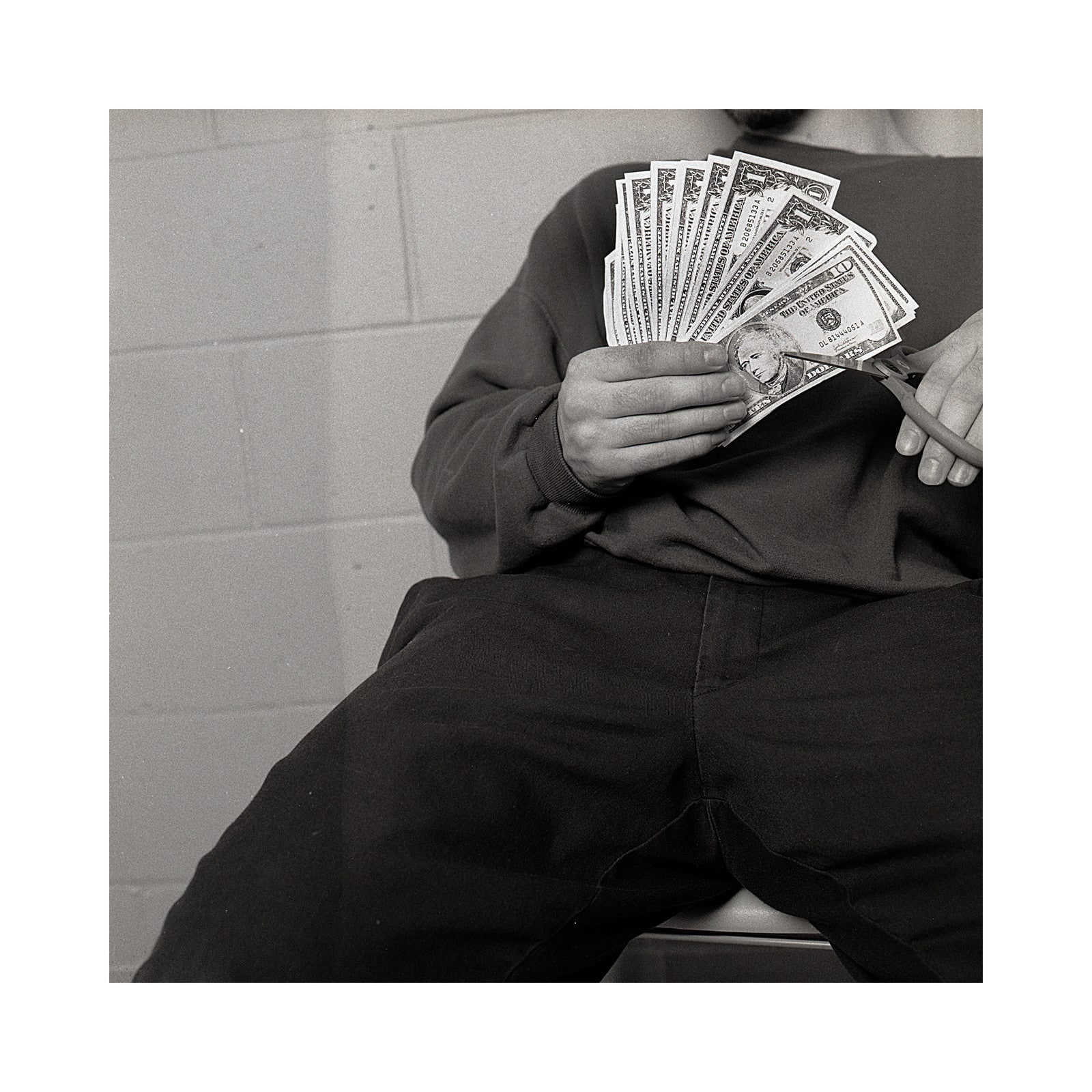
Format: Você poderia nos contar um pouco sobre o seu trabalho na Rhode Island Training School?
Scott Lapham: A Rhode Island Training School é o centro de detenção juvenil de Rhode Island. Portanto, é uma instalação fechada, com todas as regras e regulamentos que você esperaria de uma prisão juvenil.
Meu compromisso lá começou no ano 2000 e se estendeu até 2015. Eu estava trabalhando com a Programa para Jovens AS220que trabalhava para ensinar alunos encarcerados e também para ser uma ponte fora da prisão, tendo aulas no estúdio da AS220 no centro de Providence.
Os alunos que trabalham na Escola de Treinamento são menores de idade. Isso significa que, por lei, não podemos mostrar nenhuma de suas características faciais ou marcas de identificação em seu corpo. Além disso, não queríamos fazer isso, mesmo que tivéssemos permissão, porque não queríamos que a prisão dos alunos os seguisse para fora da Escola de Treinamento.
Nos Estados Unidos, quando você é um jovem, ao se tornar um adulto, pode ter um registro limpo, e isso é muito importante para a trajetória de um jovem na vida adulta. Quanto mais tempo você passa no sistema jurídico, mais difícil é para uma pessoa mudar sua vida em uma direção positiva. Por isso, eu e os alunos fomos realmente desafiados a fazer retratos que ocultassem seus rostos.

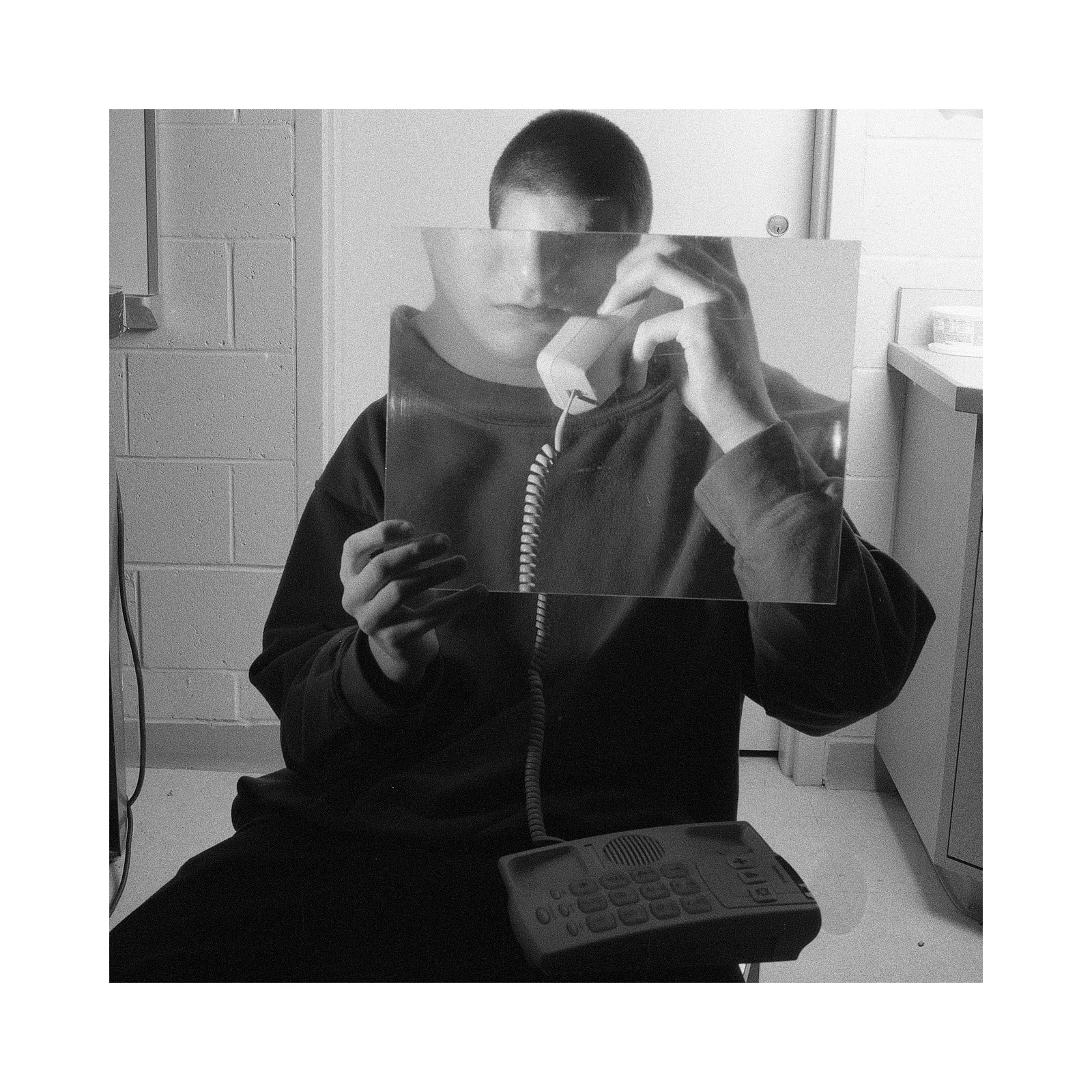
Qual era a idade da maioria dos alunos?
Os alunos tinham apenas 12 anos de idade e alguns estavam em uma área cinzenta em que eram tecnicamente adultos, mas não estavam no instituto correcional para adultos. Portanto, alguns deles tinham potencialmente até 20 anos, mas isso era raro. A maioria deles tinha entre 12 e 18 anos de idade.
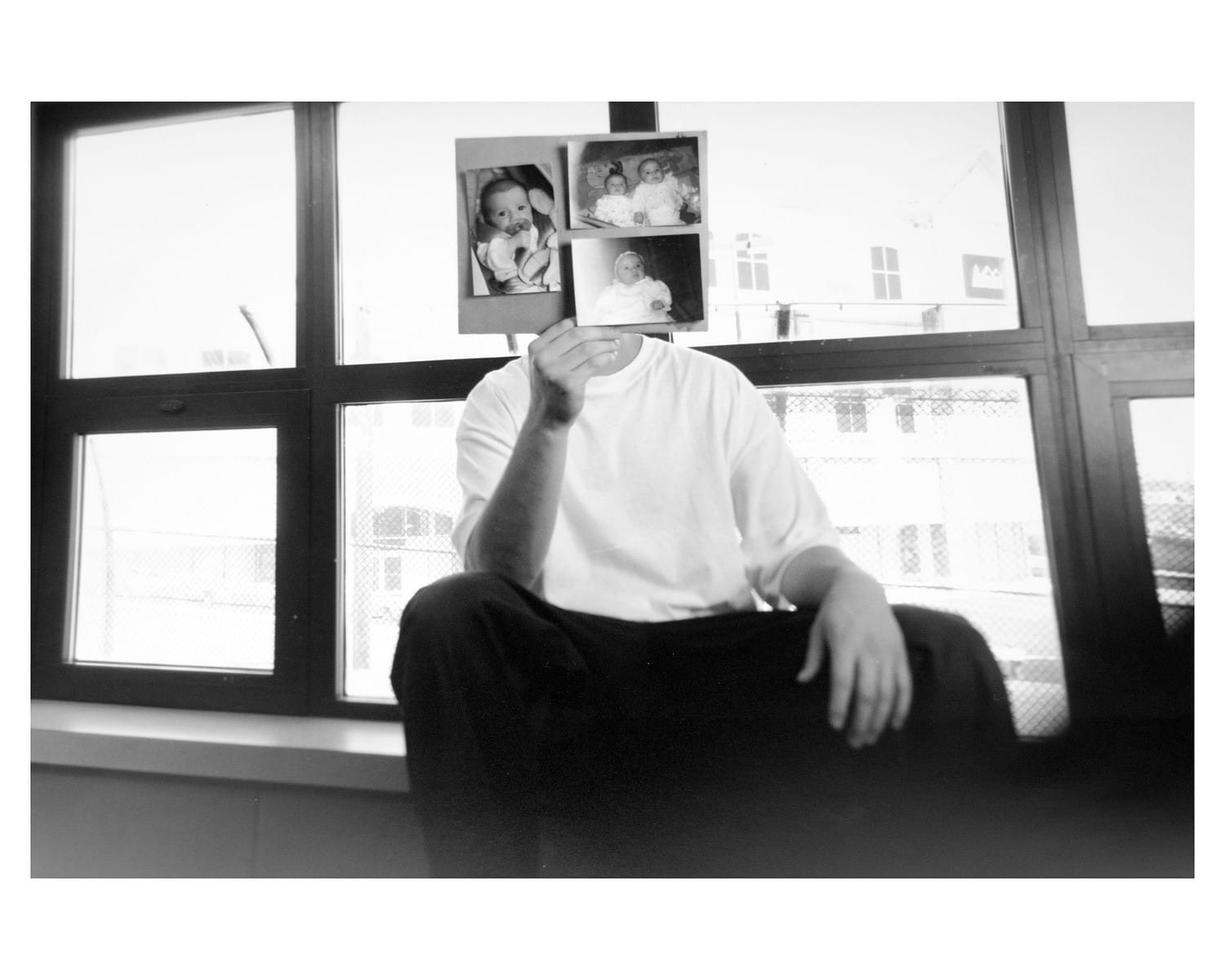
A aula era obrigatória? Como os alunos a frequentaram?
Não era obrigatório, os alunos se inscreveram por conta própria. Em grande parte, era simplesmente porque os alunos estavam entediados. Não havia muitos estímulos fora da escola. Portanto, era curiosidade, com muitos alunos. Alguns alunos só queriam encontrar algo para fazer.
É um lugar muito difícil para ensinar, por vários motivos. É um lugar muito negativo para se estar. A maioria dos alunos está lá não porque são pessoas ruins, mas porque são pobres. O ambiente é negativo. O aprendizado não é incentivado. Se um aluno mostra que está aprendendo, isso geralmente é ridicularizado.
Há muitos jovens que, fora da Escola de Treinamento, são inimigos, e então eles são confinados uns aos outros em locais muito apertados - alojamentos, salas de aula -, então às vezes há tensão. Além disso, há uma quantidade enorme de jovens com dificuldades de aprendizado e outras condições. Normalmente, as pessoas estão na Escola de Treinamento porque algo deu muito errado em suas vidas. Por causa de todos esses fatores, pode se tornar um lugar muito desafiador para ensinar.
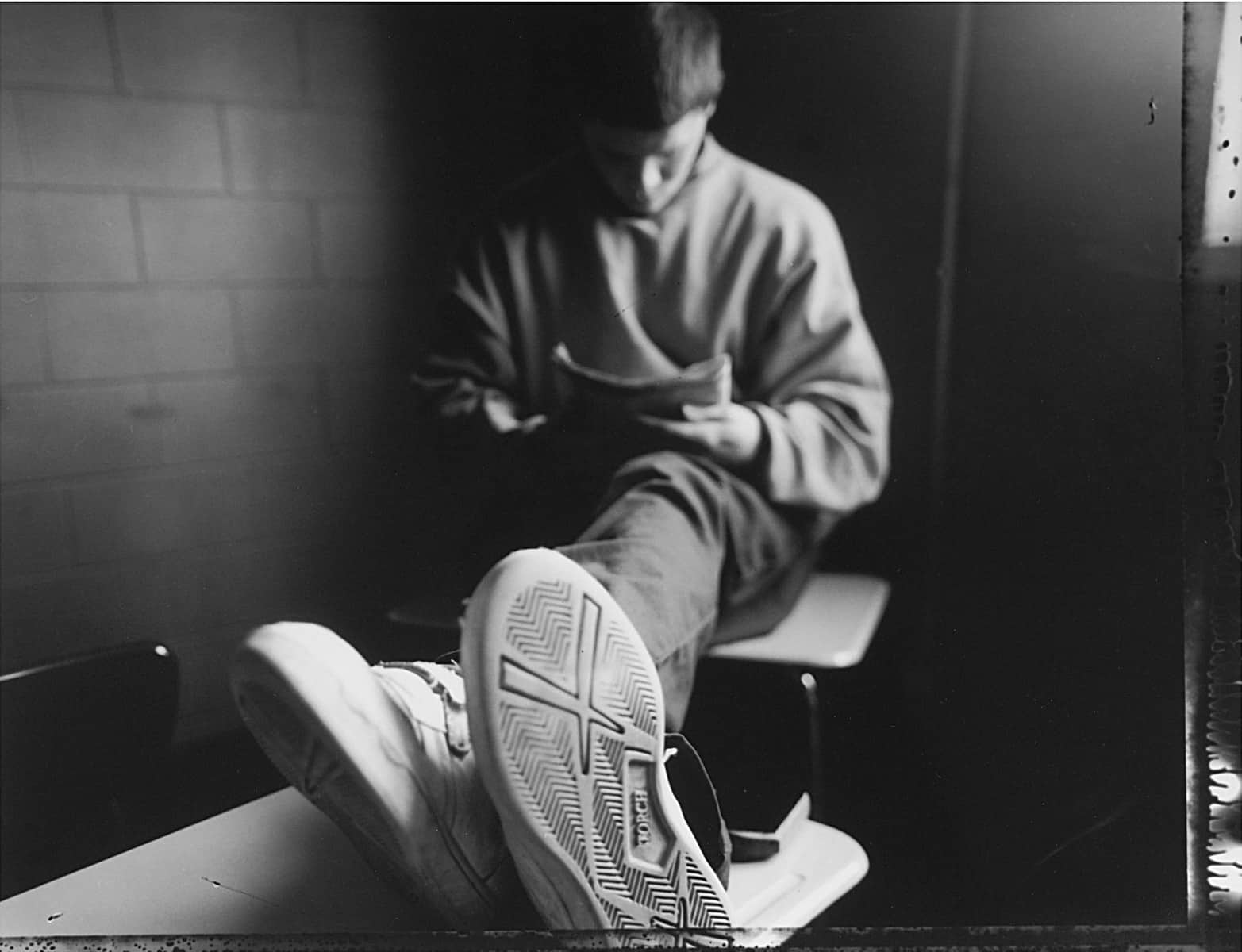
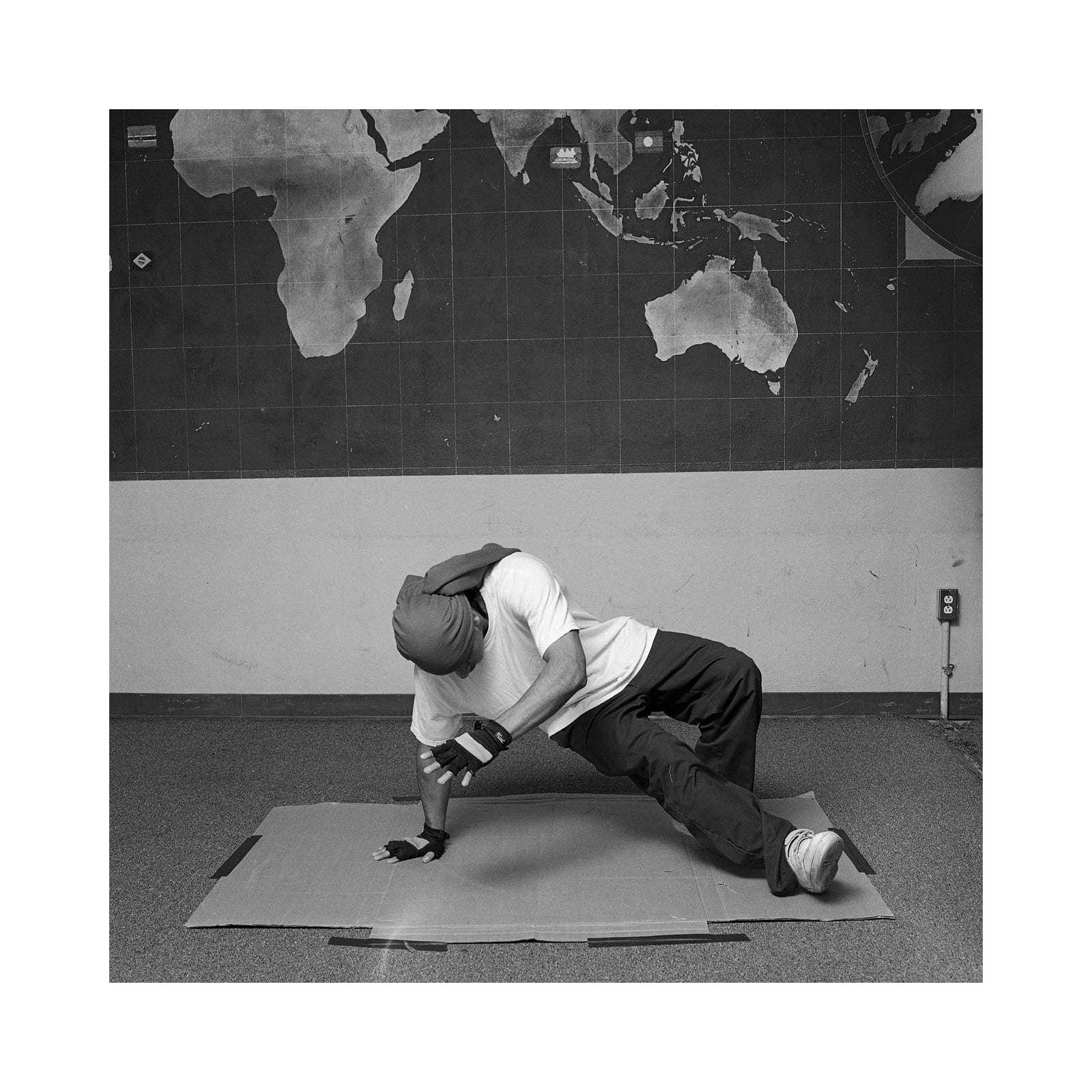
Que tipo de desafios você enfrentou ao lecionar lá?
Acho que os primeiros desafios que encontrei foram os desafios que muitos professores encontram quando começam. Coisas como gerenciamento de sala de aula. Não entender a cultura da instituição em que eu estava trabalhando - tanto a cultura dos adultos quanto a dos jovens. Quando comecei a trabalhar com essa população, havia menos sensibilidade em relação à consciência cultural e às comunidades de cor. E eu sou um homem branco. Aprendi no trabalho sobre meu próprio privilégio branco.
Também aprendi no trabalho uma compreensão muito mais profunda sobre a pobreza, a classe e a raça nos Estados Unidos do que eu havia entendido anteriormente. Foi uma experiência, não foi uma educação acadêmica. Comecei a entender que a maioria dos meus alunos estava realmente encarcerada por causa dos sistemas existentes - que são sutis, mas muito reais - que encarceram pessoas pobres e predominantemente pessoas de cor, desproporcionalmente à população.
Comecei a entender isso por conta própria, conhecendo os alunos e começando a perceber que, se eu tivesse crescido em um bairro diferente daquele em que cresci, em circunstâncias financeiras diferentes, a probabilidade de eu ser preso quando adolescente seria tão alta quanto a dos alunos que eu estava ensinando.
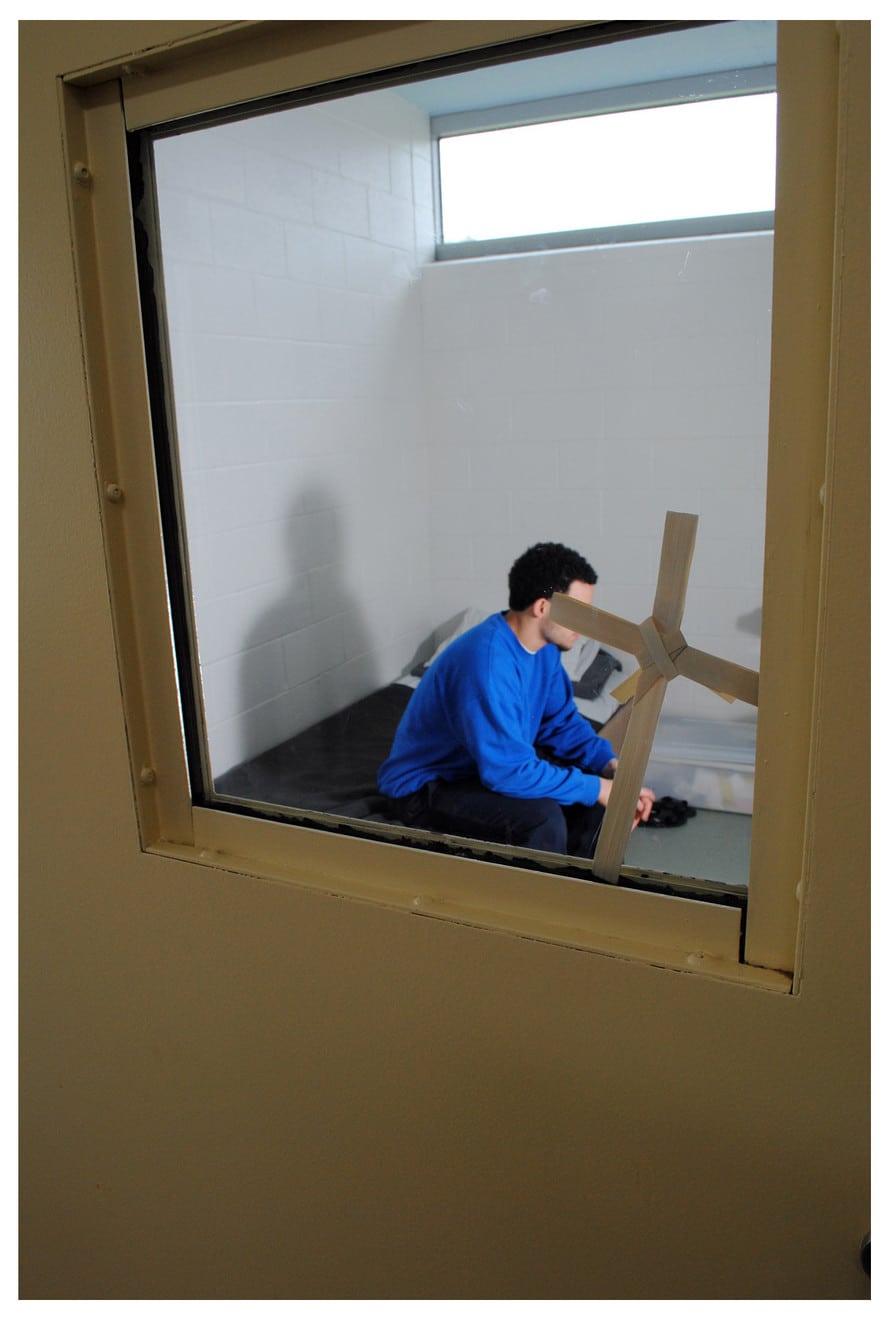
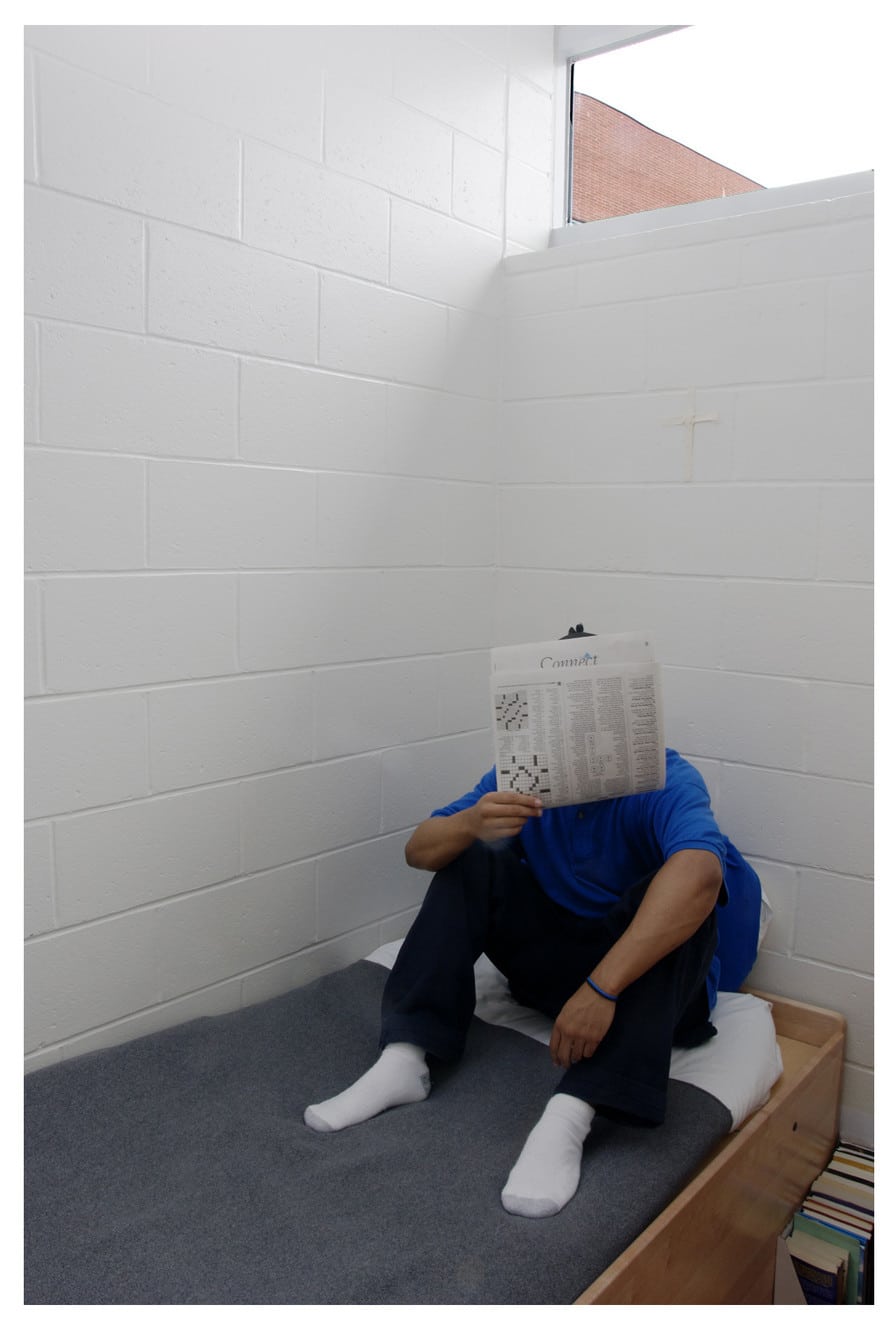
O que você acha que seus alunos ganharam ao aprender sobre fotografia?
Meus alunos, de modo geral, não foram expostos à criação de arte. E se foram, não foi uma interação profunda. Muitos deles gostavam do lado técnico da fotografia, muitos se sentiam atraídos por isso - da mesma forma que as pessoas se sentem atraídas por equipamentos musicais, carros ou o que quer que seja. Essa foi uma maneira interessante de fazer com que as pessoas se interessassem inicialmente pelo que estava sendo oferecido.
Então, as conversas sobre como você faz retratos de si mesmo se tornaram interessantes. Todas essas imagens, todas essas fotografias são colaborações de um tipo ou de outro. Às vezes estou apertando o botão e às vezes não.
Não posso atribuir a autoria aos jovens que tiraram as fotos, pois seria ilegal fazer isso, já que eles estavam presos e, por lei, não pode haver documentação de quem está preso como indivíduo. Mas acho que é importante você saber que tirei algumas fotos e outras não.
Essa foi uma oportunidade para os alunos se apresentarem nessas circunstâncias da maneira como queriam ser apresentados. Foi uma oportunidade de falar sobre o que queríamos mostrar e o que não queríamos mostrar.
Queríamos imitar uma foto de policial, queríamos imitar alguém sendo revistado como se estivesse sendo revistado pela polícia? Esses eram os tipos de imagens que os alunos haviam internalizado e que foram desafiados. Você quer projetar algo diferente, quer projetar algo mais pessoal?
Você quer mostrar fotos da sua filha bebê que está crescendo sem você, do lado de fora? Você quer mostrar uma foto sua como artista de hip hop? Ou, se estivermos no seu quarto - seu quarto é tão despersonalizado, o que há de pessoal nele para você mostrar? Que tipo de pose você quer ter no seu quarto?
As pessoas ficavam muito empolgadas em ter fotos em seus quartos, porque era o único espaço pessoal que a maioria delas tinha dentro da prisão. Todo o resto era público. E esses quartos podiam ser revirados a qualquer momento em busca de contrabando ou qualquer outra coisa.
Mas a maioria das pessoas tinha algum aspecto de personalização de seu espaço que queria documentar de alguma forma. Foi uma oportunidade para que os jovens começassem a criar sua própria narrativa e tivessem um pouco de controle sobre a forma como eram apresentados, como queriam se apresentar, em vez de terem pouco controle sobre as circunstâncias.
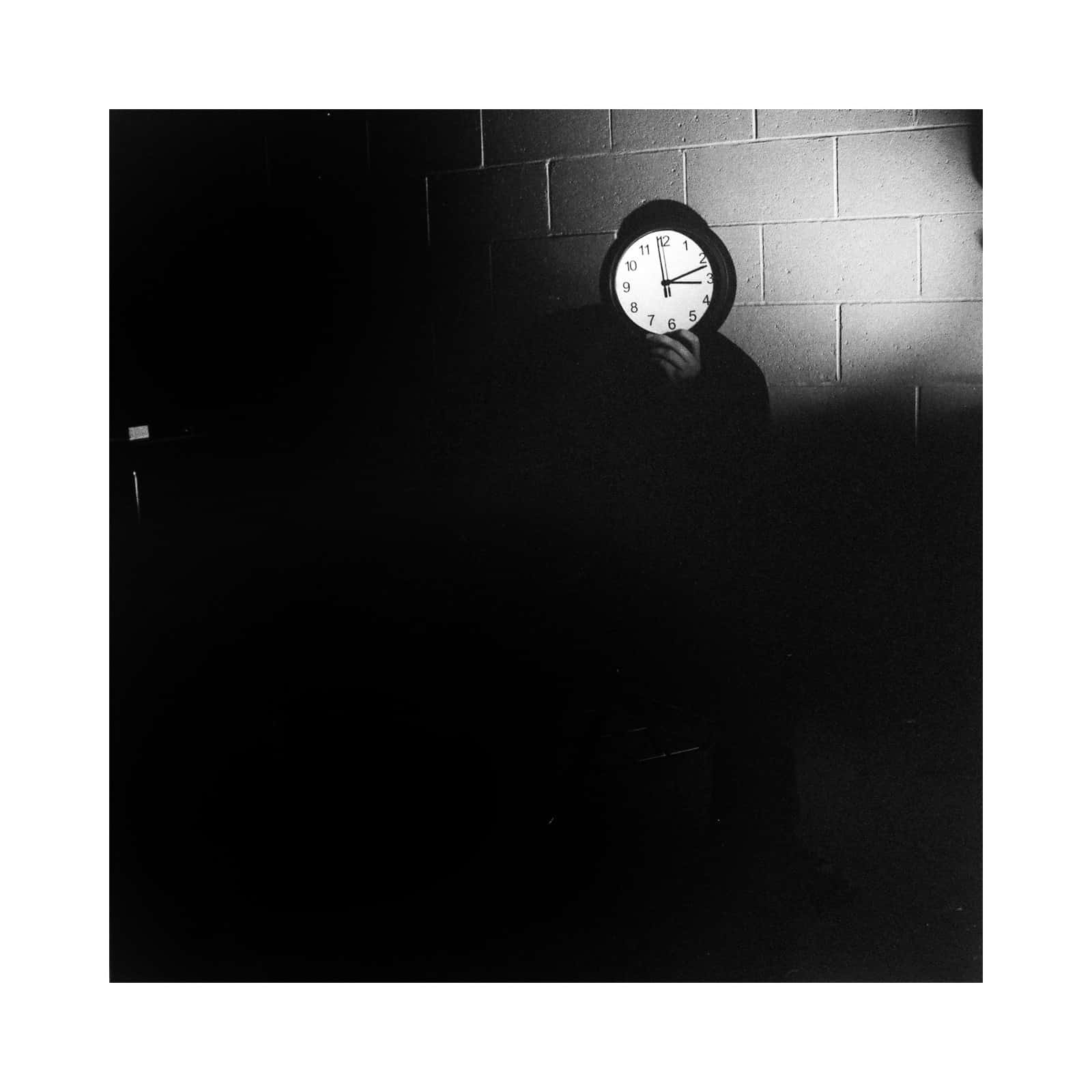
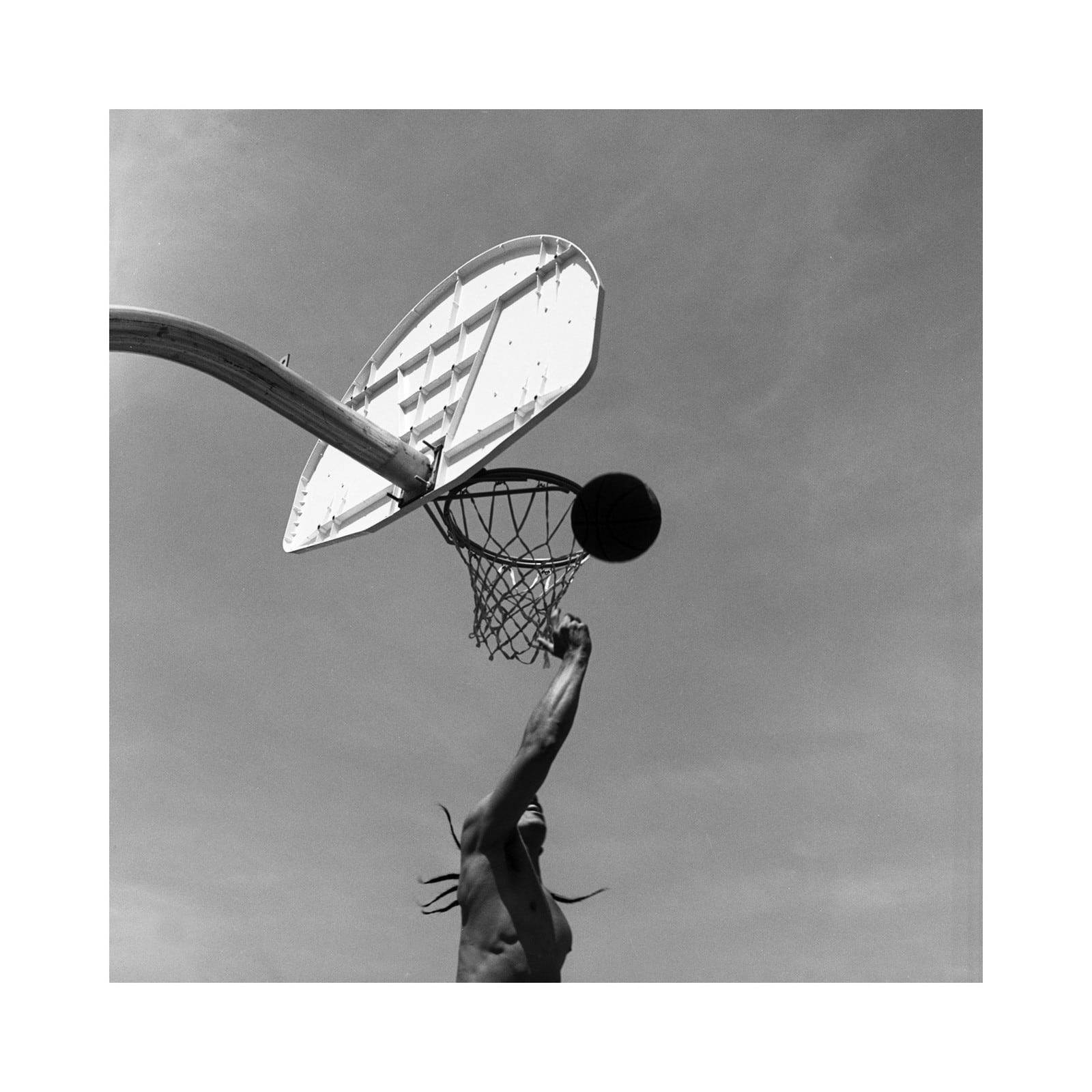
Você manteve contato com algum de seus ex-alunos?
Mantive contato com vários deles. Alguns deles fizeram coisas extraordinárias. Alguns deles se tornaram fotógrafos, e isso é algo gigantesco, que vai contra as probabilidades. Alguns deles estão presos quando adultos. É uma realidade preocupante.
Um aluno que simplesmente escapa do encarceramento de adultos e trabalha para ter uma vida estável é um tremendo sucesso. São tantos os desafios que os jovens enfrentam que a ideia de se tornar um adulto estável e feliz é um tremendo sucesso, e está no mesmo nível de qualquer outra definição de sucesso que as pessoas possam usar para elogiar.
Mantive contato com muitos alunos, e alguns dos meus alunos que estão trabalhando incrivelmente duro em seus empregos, que estão trabalhando para sustentar crianças, ainda são meus amigos.
Outros se mudaram do estado de Rhode Island, que fica na costa leste dos EUA, e se mudaram para a Califórnia. E isso foi um tremendo sucesso, pois significa que um jovem se sentiu confiante o suficiente para deixar não apenas o bairro de onde veio, mas também um estado. É difícil para qualquer pessoa, independentemente do seu passado, mudar-se para um lugar completamente diferente e tentar se estabelecer e se tornar uma pessoa feliz e estável.
Encontre mais de Scott Laphamem seu portfólio, criado usando Format.
